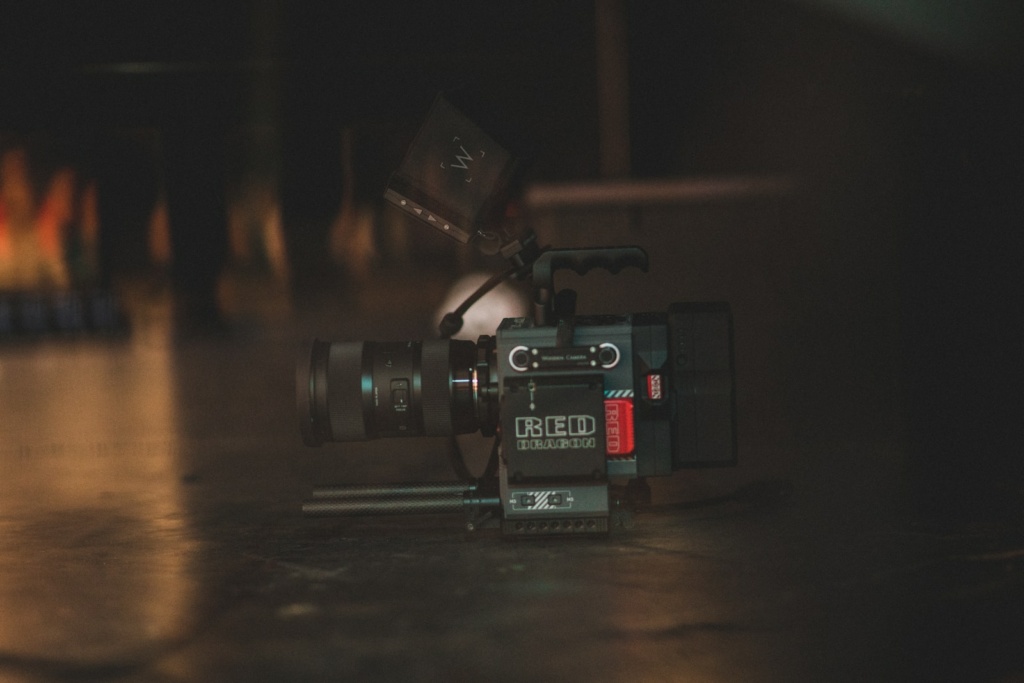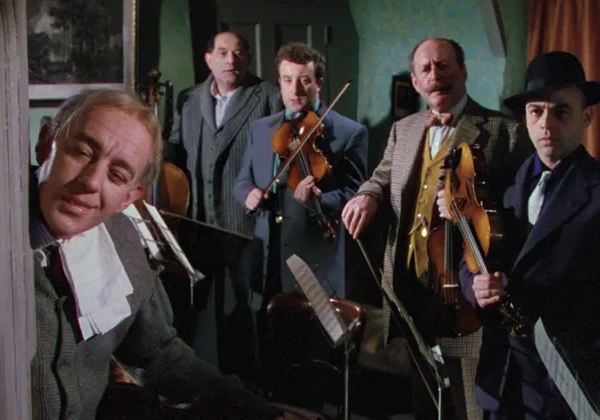
Hello there, fellow movie buffs! It’s your trusty cinematic companion, Emma, back with another insightful exploration of the world of film. Today, we’re peeling back the curtain on the enigmatic craft of writing movie reviews. Grab your favorite movie snack and settle in as we dive deep into the art of thoughtful film criticism.
The Critic’s Palette: More Than Just Opinion
When it comes to movie reviews, it’s easy to think they’re merely a matter of personal opinion. But there’s more to it than meets the eye. A well-crafted review is a delicate dance between subjectivity and objectivity, infused with a touch of personality and a dash of critical analysis.
Opening Acts: Captivating Introductions
Every great review begins with an engaging introduction. Think of it as the opening scene of a movie—it sets the tone and hooks the audience. Share your initial impressions, your expectations, or perhaps a personal anecdote that connects you to the film.
The Plot Unfolds: Summarizing Without Spoilers
Your readers crave a taste of the movie without having the entire plot revealed. Craft a spoiler-free plot summary that gives them a sense of what the film is about, without giving away its twists and turns. A well-written summary serves as a trailer for your review.
The Heart of the Matter: Analyzing Cinematic Elements
Now, let’s get to the meat and potatoes of your review—the analysis. Dive into the film’s various elements, from cinematography and sound design to acting and directing. Explain how these components contribute to the film’s overall impact.
For instance, you might praise the film’s use of breathtaking wide shots that capture the vastness of a landscape, or you could discuss how the hauntingly beautiful score enhances the emotional depth of the story. Remember, specific examples are your best friends here.
Character Studies: Beyond Names on the Marquee
Characters are the lifeblood of any film. Dive deep into their development. Discuss their arcs, motivations, and the actors’ performances. Were the characters relatable and well-rounded, or did they feel like mere caricatures? Use examples to illustrate your points.
Themes and Messages: The Subtext Speaks Louder
Movies often convey profound themes and messages. Analyze these elements and explore how they resonate with broader societal or personal experiences. Did the film offer thought-provoking commentary on relevant issues? Did it explore universal truths or challenge preconceived notions?
Behind the Camera: Directorial Choices

The director’s choices are the guiding hand behind the scenes. Evaluate how these choices influenced the film. Did the director take bold risks, or did they opt for a more conventional approach? Highlight scenes where the director’s vision shines through.
The Emotional Rollercoaster: Sharing Your Feelings
While analysis is critical, don’t forget to share your emotional journey as a viewer. Did the film make you laugh, cry, or jump out of your seat in fear? Express your visceral reactions and personal connections. This is where your unique voice as a critic truly shines.
The Final Act: Wrapping Up Your Review
As you approach the conclusion, summarize your key points concisely. Offer a final verdict or recommendation based on your analysis. Your readers should leave your review with a clear sense of your overall assessment.
Cinematic Context: Placing the Film in Perspective
Consider the film’s place in cinematic history and culture. Does it contribute to a particular genre’s evolution? Does it challenge conventions or reflect the zeitgeist? Providing this context enriches your review and helps readers understand the film’s significance.
The Critic’s Oath: Balancing Objectivity and Subjectivity
Critics walk a fine line between objectivity and subjectivity. While it’s essential to approach films with a critical eye, it’s equally vital to acknowledge your personal biases and emotional responses. Striking this balance is where your unique perspective as a critic shines.
The Final Curtain: Wrapping Up Our Journey
And there you have it, dear readers—a glimpse into the art of crafting thoughtful movie reviews. Whether you’re an aspiring critic or an avid film lover, I hope this guide inspires you to delve deeper into the films you watch. Remember, each review is a conversation with your audience, a chance to share your passion for cinema, and an opportunity to help others discover the magic of the silver screen.
Until next time, this is Emma, signing off with a heart full of appreciation for the rich tapestry of storytelling that cinema provides. Happy viewing, and may your future reviews be as thoughtful as they are entertaining!


